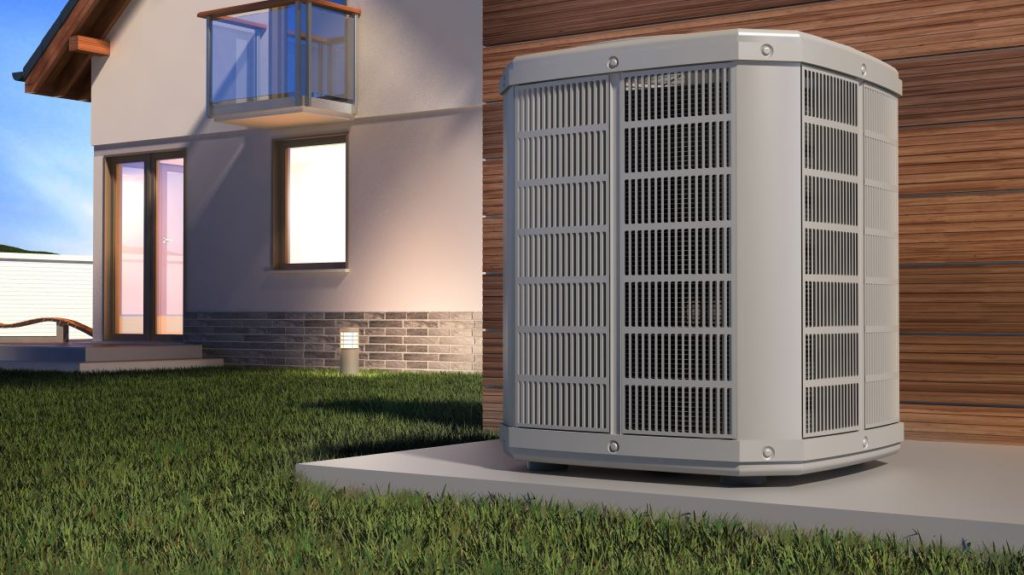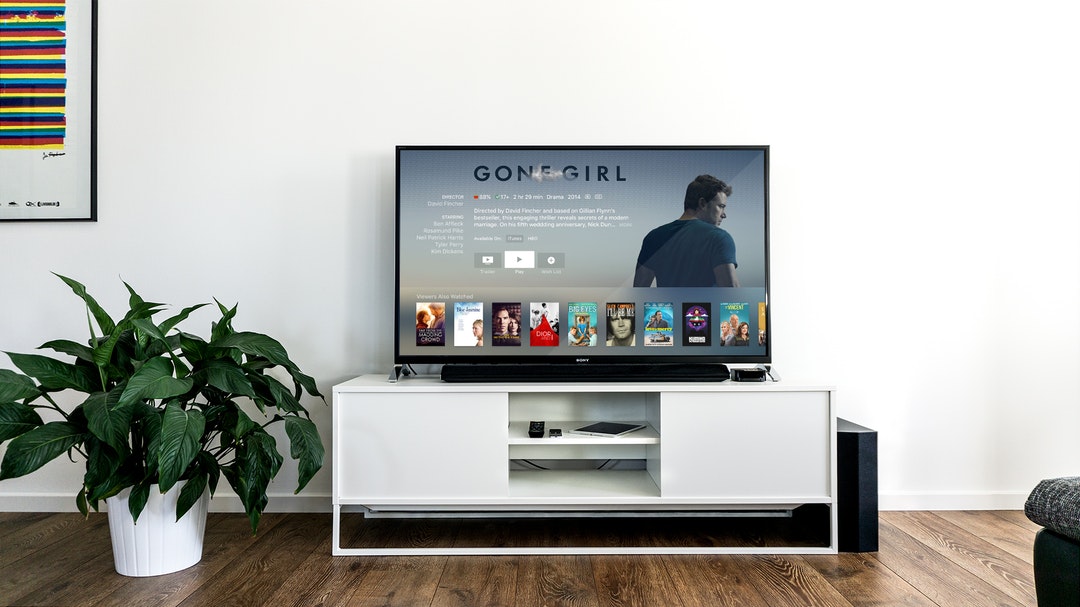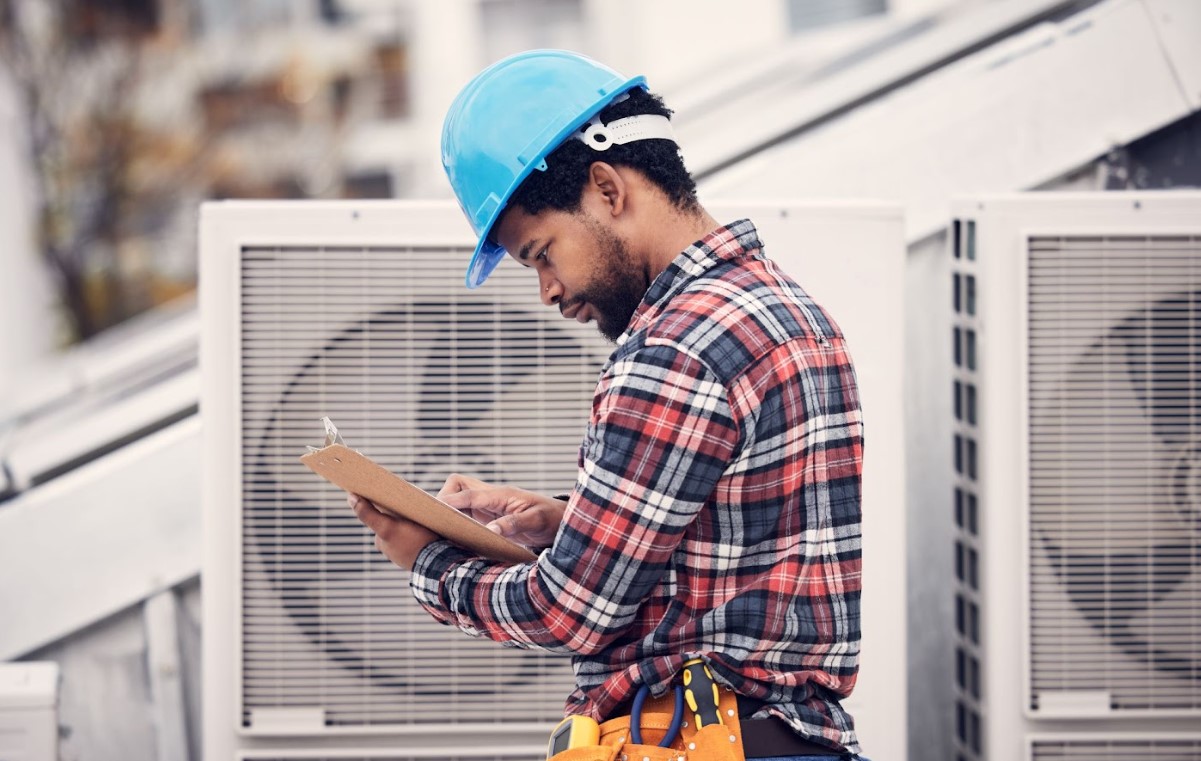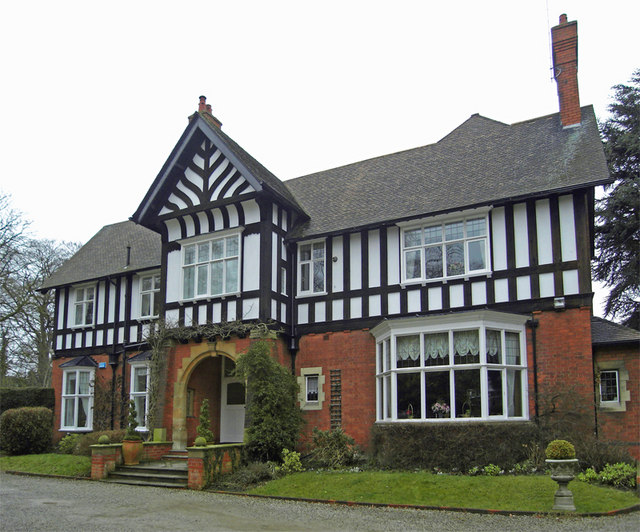Home HVAC encompasses all of the systems used to move air around your building, heating and cooling it while filtering it for increased comfort and reduced allergies or respiratory issues.
Furnaces use fuel sources to produce heat, which is then distributed throughout your building through ductwork to increase indoor temperatures and save on energy costs. They may even work in tandem with programmable thermostats to further lower energy expenses.
Remember that it is always important to look for an original link online for the manual of the HVAC unit you use. And you have to be aware of the following vital things about HVAC.
Ventilation
Ventilation is the part of your HVAC system responsible for providing fresh air into your home. Most whole-house ventilation systems consist of ducts and vents to control indoor air quality mechanically, lowering moisture levels while simultaneously stabilizing temperatures throughout.
According to ASHRAE (the American Society of Heating, Refrigerating and Air Conditioning Engineers), ventilation is one of the key elements of your home HVAC system. Without adequate ventilation, your home may become stagnant with harmful bacteria such as viruses, mold and allergens; becoming stuffy and hot forcing you to use air conditioning more and wasting energy.
Your ventilation system takes air in from outside through your outdoor unit and ducts it into directional vents and diffusers throughout your home, as well as extracting stale air that could potentially breed mold and mildew in ductwork, then releases it back outside for environmental pollution reduction. Your return duct serves as the start of this process by sucking it up through filters before sending it directly back into ductwork ductwork for distribution throughout your home.
Ductwork
Ductwork is a network of tubes used to move hot or cool air from HVAC equipment into different rooms of the home, helping ensure comfort and indoor air quality for its inhabitants. Obviously, when there are problems with the ducts in your home, you are faced with inadequate temperatures.
Dependent upon material and design, there are various kinds of ducts. Rigid sheet metal ducts are the most prevalent because their nonporous surface resists moisture while also being easy to clean and durable compared to other duct materials.
Leakage or poor sealant of HVAC ducts can result in significant energy loss for homes with older HVAC systems. A trained technician can correct these problems using either mastic or foil tape – just make sure that it has heat resistance (ie not cloth-backed rubber adhesive tapes).
Dirty ducts can cause hot and cold spots, poor airflow, allergies, sneezing, and headaches – as well as other health problems like allergies. An HVAC professional can perform a duct cleaning to eliminate buildup for better indoor air quality; additionally they may install insulation to minimize heat loss and enhance comfort levels.
Thermostats
As the controllers of your heating and cooling systems, thermostats have an enormous influence on energy consumption in your home. There are a range of thermostat options to select from including programmable models which automatically adjust room temperatures at specific times during the day or night.
Some models utilize bimetallic strips which expand and contract according to different temperatures, while others utilize a thermometer that displays the actual temperatures within your home.
Consider your family’s schedule when selecting appropriate thermostat settings. Your HVAC technician can advise you on when and how best to program your system for effective sleep/wake cycles, while it is also crucial that the thermostat be placed away from direct sunlight, drafty areas or doorways and in an area where natural room air currents occur such as warm air rising and cool air sinking – furniture blocking it would only cause inaccurate readings!
Filters
HVAC filters are responsible for filtering impurities from air before it enters homes heated or cooled by HVAC systems, typically every 1-6 months depending on brand and size of filter chosen. There are some filters that can be replaced at longer intervals, based on brand. You have to look at the information provided in your manual. Also, be careful when you opt for filters that are not original. They might not work as intended.
Pleated media filters are an excellent option for homeowners with pets as they can trap pet dander and allergens such as dust mite allergens. Their low MERV rating makes them cost-effective; however, improper drying before being reinstalled could cause mold growth and mildew to grow on them.
HEPA filters are designed to capture even the tiniest airborne particles, making them an excellent solution for homes with severe allergies or asthma. Since HEPA filters reduce harmful microorganisms in the air, they’re typically more expensive than other types. But ultimately they can save money as you won’t need to replace them as frequently – dirty filters force your system to work harder, using up more energy than needed and costing money in replacement costs.






